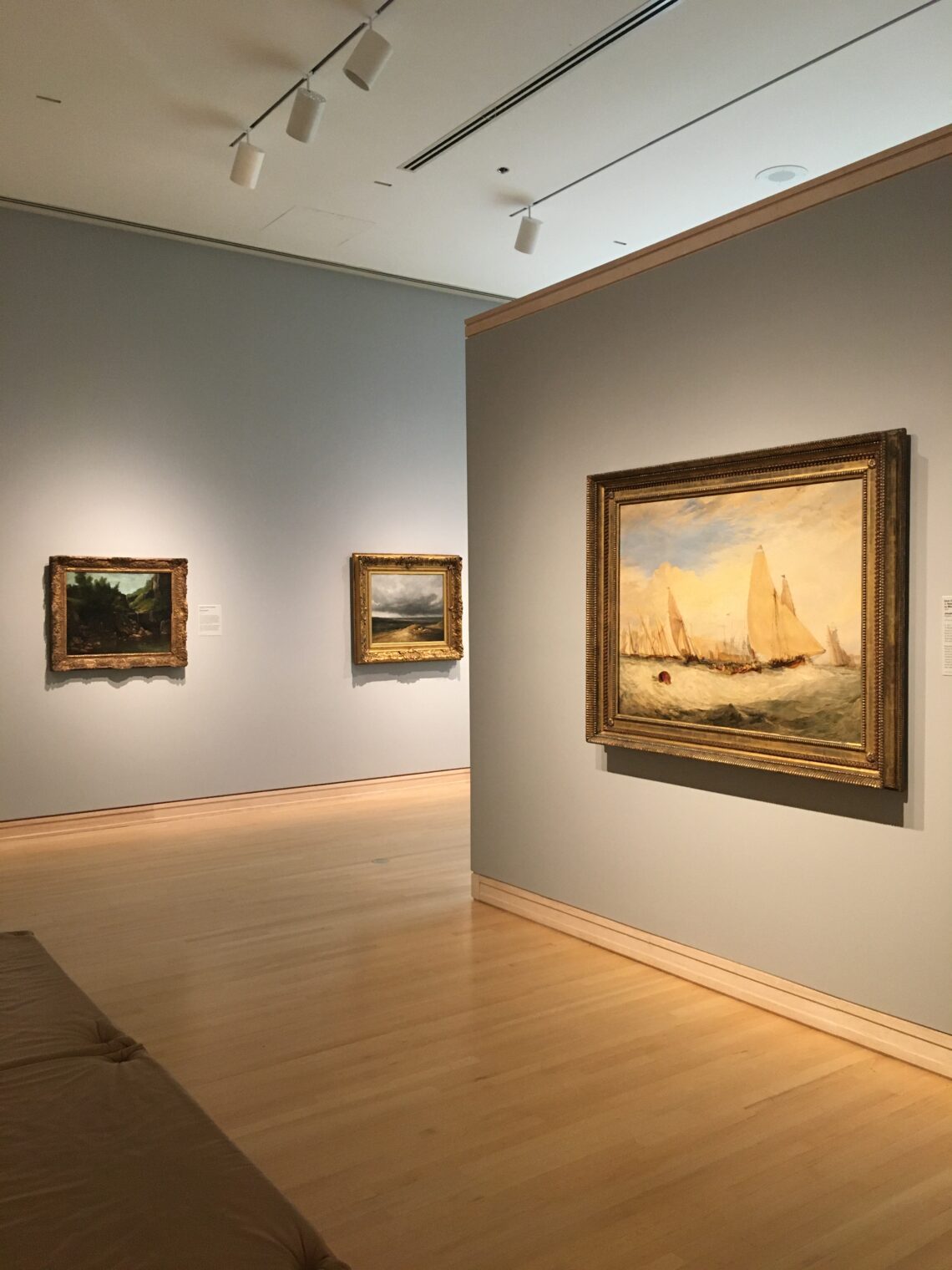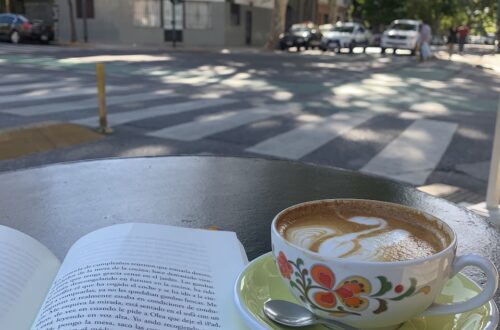The past is prologue.
– Museum sign at the IMA
If you’re not so great at meditation, take an alternative approach and head to an art museum.
I like to go alone because I think art is a very personal thing. You can walk around at your own pace and look at paintings without hurry. You don’t have to talk to anyone. You can think about the painting. Think about your life. Think about nothing. Think about whatever you want to think about – or rather, whatever you need to.
Art is therapy in that sense. There’s a quote by Luis Barragán that states “Art is made by the alone for the alone.” I don’t necessarily think that’s a bad thing. If revenge is a dish best served cold, art is best enjoyed while dining solo.
Last weekend, as I walked through the galleries of the Indianapolis Museum of Art, I noticed the way I drifted away from myself and back again. There were some paintings I got completely lost in, that got me thinking about the time period, the artist, or what it would be like to see the scene in person.
Like the treasured Vincent Van Gogh painting, Landscape at Saint-Rémy. It was painted during the last year of his life, while he was recuperating from a nervous breakdown. In spite of his inner turmoil, Van Gogh still looked at an everyday scene, a worker in a wheat field, and saw a world bursting with color.

On the opposite wall, Houses by George Lemmen caught my eye, a painting of several apartment buildings lit from within. It got me thinking about the way buildings are sometimes just buildings and other times, they’re your first apartment after college, where your best friend lived, or a place you fell in love.


There was Père Biart Reading in the Garden by Henry van de Velde, a simple subject that stopped me in my tracks. As the name states, it’s just a painting of the artist’s sister’s father-in-law, reading in a garden. Then again, not everyone looks at a man sitting in a chair, thinks “that could be art,” and then sets out to make it so.
There were other paintings that reminded me of something I didn’t know I wanted. A feeling I couldn’t quite put into words.
My favorite of the day was a painting called At the End of the Porch by John Sharman. In it, a woman sits in a chair next to a massive window, with sunlight spilling in, flowers tickling the window panes.
Earlier that day, I was reading a book in which the author suggested creating a room in your mind where you can retreat instead of reacting to a stressful situation. He said to imagine vividly what the room would look like, how it would be decorated, using details to make it exactly what you need. And there it was hanging on the gallery wall. My room.


There was an ordinary painting I thought was nothing more than charming, laundry drying on a clothesline in a courtyard, until I looked at the title. Monday Morning by Edmund Brucker. He could have chosen any title for the work, but he chose that one, a dreaded day of the week and disputed time of the day. The name of the painting changes everything, especially your perspective.
And isn’t that the reason we go to museums anyway?
What we can learn from Brucker, Van Gogh, and painters in general, is that you can choose to see the world any way you wish. Full of fantasy and illusion like Dalí. As a dance, like Degas. With vibrant, exploding color like Van Gogh.
You can see monotony and routine, or the beauty of a relative enjoying his book in the garden. Of wash hanging out to dry on a Monday morning.
In the same way we all go to the same museums and are touched by different paintings or look at the same scene and experience something completely different, it’s up to you to decide what you create in life.
Your mind is the canvas. And you have the paintbrush.





